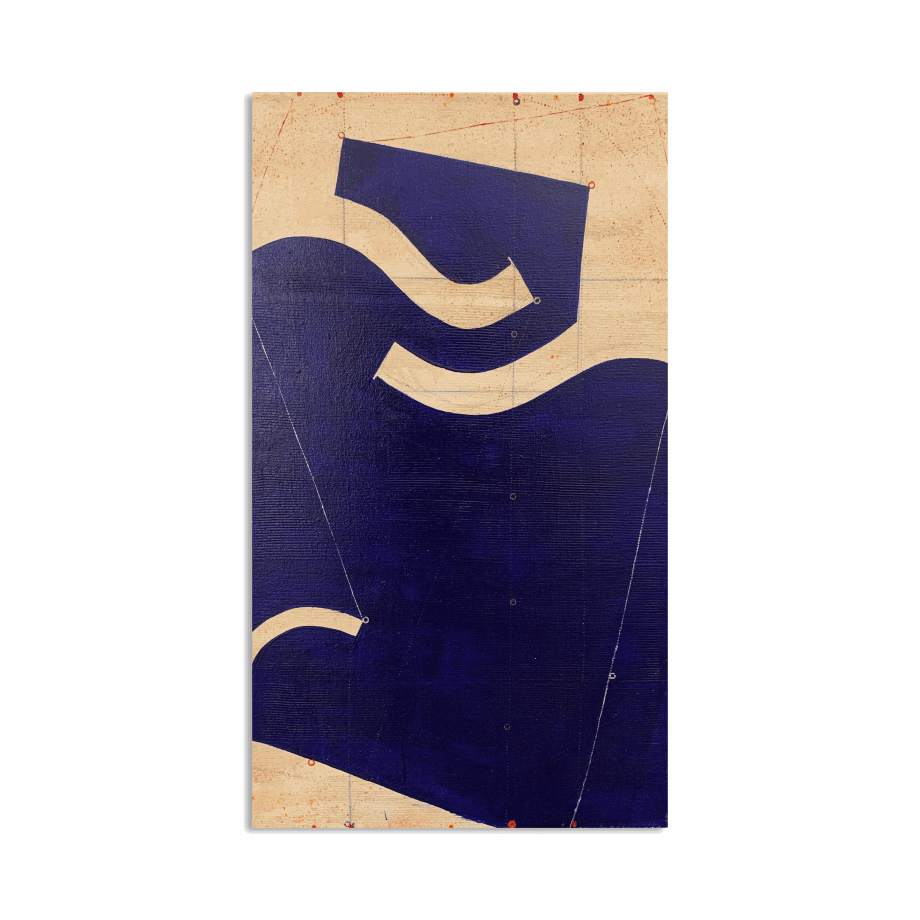American artist, Caio Fonseca, is well known for his lyrical, abstract works of art. A talented musician, Fonseca, is fascinated by the relationship between tone and form, which he explores in his paintings and works on paper. Representing the irreducible form of classical music, Fonseca’s work often displays blocks of color that create dynamic energy amid his textured, off-white backgrounds. The energy radiating from these colorful, geometric waves aims to evoke the invisible structure of meaningful compositions.
Fonseca creates a distinct style from a specific technique that unites all of his work. To create the appearance of floating forms, he first lays down bands of color and then paints an off-white covering on top. The blocks of color that remain from the uncovered areas weave across the canvas in a mesmerizing way. These colorful, abstract shapes absorb the viewer as he or she reflects on the meaning behind the flowing forms. Even though Fonseca’s artworks feel complex and enigmatic, he hopes that each piece displays “enough mystery and character so they explain themselves.”
Born in New York in 1959, Fonseca grew up in a true artistic family. His father, Gonzalo Fonseca, was an eminent Latin American sculptor, and his mother was also an artist. Deeply tied to these roots, Fonseca left his formal education from Brown University after his freshman year to study painting in Barcelona, Spain, under the artist Augusto Torres. During this period, Fonseca devoted himself to studying figurative painting until he moved in 1983 to Pietrasanta, Italy, which immediately captured his heart. Caio stayed there until 1989, honing his distinct abstract style. After two years in Paris, France, Fonseca returned to Manhattan, New York. Since 1993, Fonseca splits his time between his two studios in Pietrasanta and downtown Manhattan. Consequently, each work is titled either Pietrasanta or Fifth Street, in light of where he created the piece. Caio’s artworks are held in numerous important public and private collections including: The Metropolitan Museum of Art, New York; The Brooklyn Museum of Art, New York; The Museum of Modern Art New York, New York; The Whitney Museum of American Art, New York; The Smithsonian Institution, D.C; The Hirshhorn Museum & Sculpture Garden, D.C; The Museum of Fine Arts, Houston, TX; The North Carolina Museum of Art, Raleigh, NC as well as many others.

